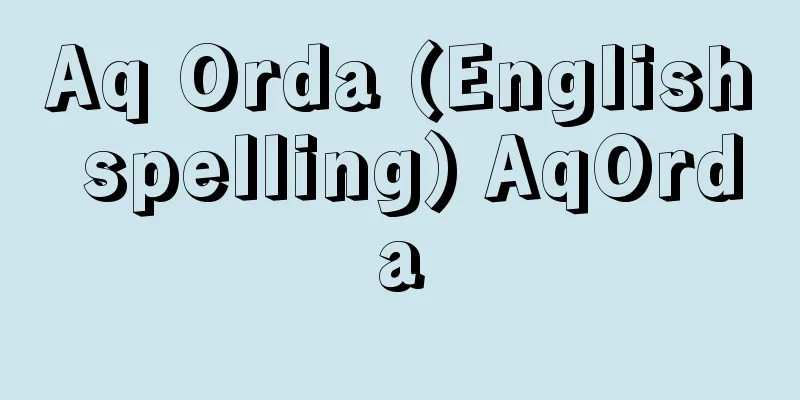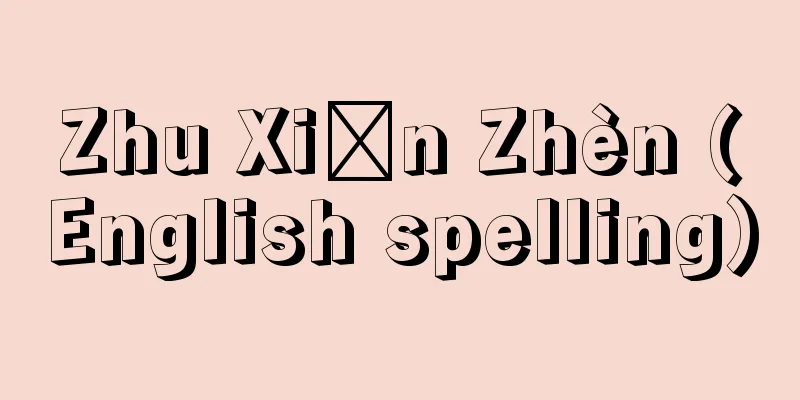Tadasuke Ooka

|
A shogunate administrator in the mid-Edo period. His childhood name was Motome, later Ichijuro and Chuemon. He was the fourth son of the hatamoto Ōoka Tadataka (2,700 koku) and was adopted by his clansman Tadazane (1,920 koku). In 1702 (Genroku 15), he was appointed as a shoinbanshi (a guard in the shogun's office), and was promoted steadily to become the magistrate of Yamada in 1703 (Shotoku 2), and was appointed as Noto no Kami (Junior Fifth Rank). It is said that at this point he was recognized by the lord of the Kishu domain at the time, the future 8th shogun, Tokugawa Yoshimune, but this is doubtful. In 1716 (Kyoho 1), he returned to Edo and was appointed as the magistrate of construction, and the following year, 1717, he was appointed as the magistrate of the town, and changed his title to Echizen no Kami. In 1603 (Genbun 1), he was promoted to Magistrate of Temples and Shrines, which was quite unusual for a Hatamoto (samurai vassal), and then he also served as Sojaban (a member of the court of envoys). He became a daimyo with a stipend of 10,000 koku and a camp in Nishiohira, Mikawa Province (now Okazaki City, Aichi Prefecture). Tadasuke is famous for his great court cases, which are often depicted in historical stories, rakugo, and plays. However, most of the stories about his great court cases have nothing to do with his own achievements, and are stories from China and India, or anecdotes about other magistrates that have been compiled and adapted to represent his achievements. However, judging by how quickly he was promoted, it seems likely that his talent was recognized even before Yoshimune. Not only did he play an important role in the reform of the judicial system during the Kyoho period (1716-1736), promoting and ensuring fairness in trials, but as an administrator of Edo, which had expanded to a city of one million people, he also worked on fire prevention, poverty relief, problems with public morals, and measures to control prices. Furthermore, from 1722 to 1745 (Enkyo 2), he also served as a local official, and devoted himself to the management and development of the Shogunate's territories in the Kanto region, as well as flood control works. His character is portrayed in anecdotes as witty and warm-hearted, but from his diary and other sources, we can imagine that he was an extremely meticulous, hardworking, and sincere person. It is also important to note that he had many knowledgeable people in various fields under his command, including the Japanese scholar Kato Enao, the Dutch scholar Aoki Konyo, the mathematician Noda Bunzo, the agricultural policy maker Tanaka Kyuugu, and Mino Masataka. He died on December 19, 1700. He was buried at Jokenji Temple in Tsutsumi Village, Koza County, Sagami Province (Chigasaki City, Kanagawa Prefecture). [Tatsuya Tsuji] "Ooka Echizen no Kami" by Tatsuya Tsuji (Chuko Shinsho) Source: Shogakukan Encyclopedia Nipponica About Encyclopedia Nipponica Information | Legend |
|
江戸中期の幕府行政官。幼名求馬(もとめ)、のち市十郎、忠右衛門。旗本大岡忠高(2700石)の四男、同族忠真(ただざね)(1920石)の養子となる。1702年(元禄15)書院番士に任ぜられ、順調に昇進して12年(正徳2)山田奉行(ぶぎょう)となり、従(じゅ)五位下能登守(のとのかみ)に叙任。俗説ではここで当時の紀州藩主、後の8代将軍徳川吉宗(よしむね)に認められたというが疑わしい。16年(享保1)江戸に戻って普請(ふしん)奉行、翌17年町奉行に登用され、越前守(えちぜんのかみ)に改める。36年(元文1)旗本としてはまったく異例な寺社奉行に昇進、ついで奏者番(そうじゃばん)を兼ね、三河国西大平(にしおおひら)(愛知県岡崎市)に陣屋をもつ1万石の大名となる。 忠相は名奉行として講談、落語、演劇などで有名であるが、その名裁判物語はほとんど彼の事績とは関係なく、中国やインドの故事、あるいは忠相以外の奉行の逸話などが彼の事績として集積、脚色されたものである。しかし忠相はその昇進の早さからみて、すでに吉宗以前からその才腕が認められていたと考えられる。享保(きょうほう)期(1716~36)の司法面の改革においても、審理の促進、公正化などに重要な役割を演じたばかりでなく、100万都市に膨張した江戸の行政官としても、防火、救貧、風俗問題や物価対策などと取り組み、さらに1722年から45年(延享2)まで地方(じかた)御用掛を兼務し、関東地方の幕領の経営や開発、治水工事などに尽力した。彼の性格は、逸話などでは機知に富み、人情味あふれた人物として描出されているが、その日記などを通じて推測するに、きわめてきちょうめんで勤勉かつ誠実な人物であったことが想像できる。また、その配下に国学者加藤枝直(えなお)、蘭学者(らんがくしゃ)青木昆陽(こんよう)、数学者野田文蔵、農政功者田中丘隅(きゅうぐ)、簑(みの)正高など多方面の識者を抱えていたことも注意を要する。宝暦(ほうれき)元年12月19日没。相模(さがみ)国高座(こうざ)郡堤村(神奈川県茅ヶ崎(ちがさき)市)浄見寺に葬られる。 [辻 達也] 『辻達也著『大岡越前守』(中公新書)』 出典 小学館 日本大百科全書(ニッポニカ)日本大百科全書(ニッポニカ)について 情報 | 凡例 |
<<: Tadasuke Ooka's Diary - Tadasuke Ooka's Diary
>>: Ooka's Political Affairs - Ooka's Financial Affairs
Recommend
Opus Mayus - Opus Mayus
…Technically, the Middle Ages knew about perspect...
Homeostasis
This refers to the ability of an organism or a li...
Dwarf - dwarf
(1) Dwarfism. Medically, it refers to an abnormall...
Viking - Viking (English spelling) in Danish
Another name for the North Germanic people (Norma...
Ulysses - Ulysses
…Homer’s two great epic poems, the Iliad, tells o...
Uranium-radium series
This refers to the decay series of radioactive nu...
Tours
The capital of the Indre-et-Loire department in ce...
Calgary Stampede
…The University of Calgary is located here. The C...
Mrs. Patrick Campbell
1865‐1940 British actress. She gained popularity w...
Scombrops gilberti (English spelling) Scombrops gilberti
… [Kenji Mochizuki]. … *Some of the terminology t...
Great Prajnaparamita Sutra - Daihannyatendoku
The name of a Buddhist memorial service. A memoria...
Marduk - Marduk (English spelling)
A god revered in ancient Babylonia, Merodach, men...
Screen - Kicho
A type of folding screen used by nobles. A T-shap...
Fermi
Italian physicist. He obtained his doctorate from...
Christiaan Huygens
Dutch physicist. Huygens was a distinguished fami...









